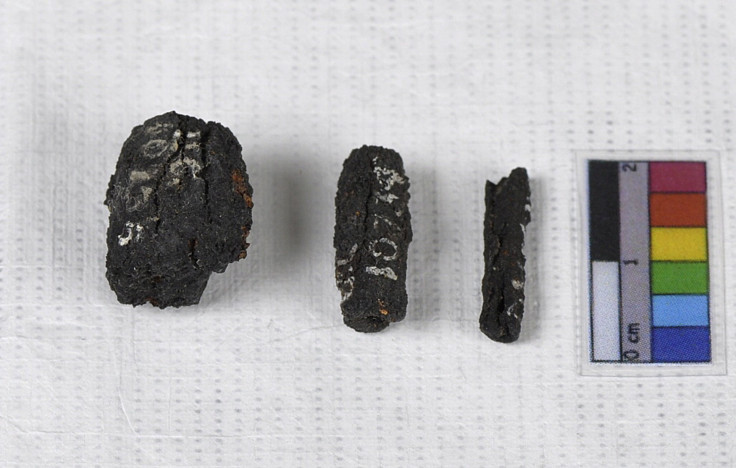Meteor Pieces Hammered Into Iron Jewelry In Egypt 5,000 Years Ago

The earliest known iron artifacts have been traced, and according to a new study, they were made from pieces of meteorites that were shaped by carefully hammering them into thin sheets before being rolled into tubes.
According to the study, conducted by researchers at the University College London in Qatar, or UCL, the ancient iron relics are made of nine small beads, which were excavated in 1911 from two burials near the village of el-Gerzeh, around 43 miles south of Cairo, in northern Egypt.
“The really exciting outcome of this research is that we were for the first time able to demonstrate conclusively that there are typical trace elements such as cobalt and germanium present in these beads, at levels that only occur in meteoritic iron,” Professor Thilo Rehren of UCL Archaeology, Qatar, said in a statement. “The composition of the beads is consistent with a meteoritic origin of the metal.”
According to the study, which was published in the Journal of Archaeological Science on Tuesday, the iron beads, dating back to approximately 3200 BC, were strung into a necklace together with other precious metals and gem stones, such as lapis lazuli, gold and carnelian.

“The shape of the beads was obtained by smithing and rolling, most likely involving multiple cycles of hammering and annealing, and not by the traditional stone-working techniques such as carving or drilling used for the other tubular beads from this tomb,” Rehren, who is the lead author of the study, said.
According to researchers, the iron beads, dating back more than 5,000 years, confirm that metal workers had mastered the technique of smithing of meteoritic iron in the fourth millennium BC, which predates the emergence of iron smelting by nearly two millennia. In archeological records, the first evidence of iron smelting in ancient Egypt dates back to the sixth century BC.
“This knowledge was essential for the development of iron smelting, which produced metal in a solid state process and hence depended on this ability in order to replace copper and bronze as the main utilitarian metals,” the study said.
The researchers used X-ray methods to determine the nature of the material in the artifacts, which were completely corroded when they were discovered. After scanning the beads with beams of neutrons and gamma-rays, the researchers managed to confirm the high concentration of chemical elements, such as nickel, cobalt, phosphorus and germanium, which are found only in trace amounts in iron derived from ore.
© Copyright IBTimes 2024. All rights reserved.












